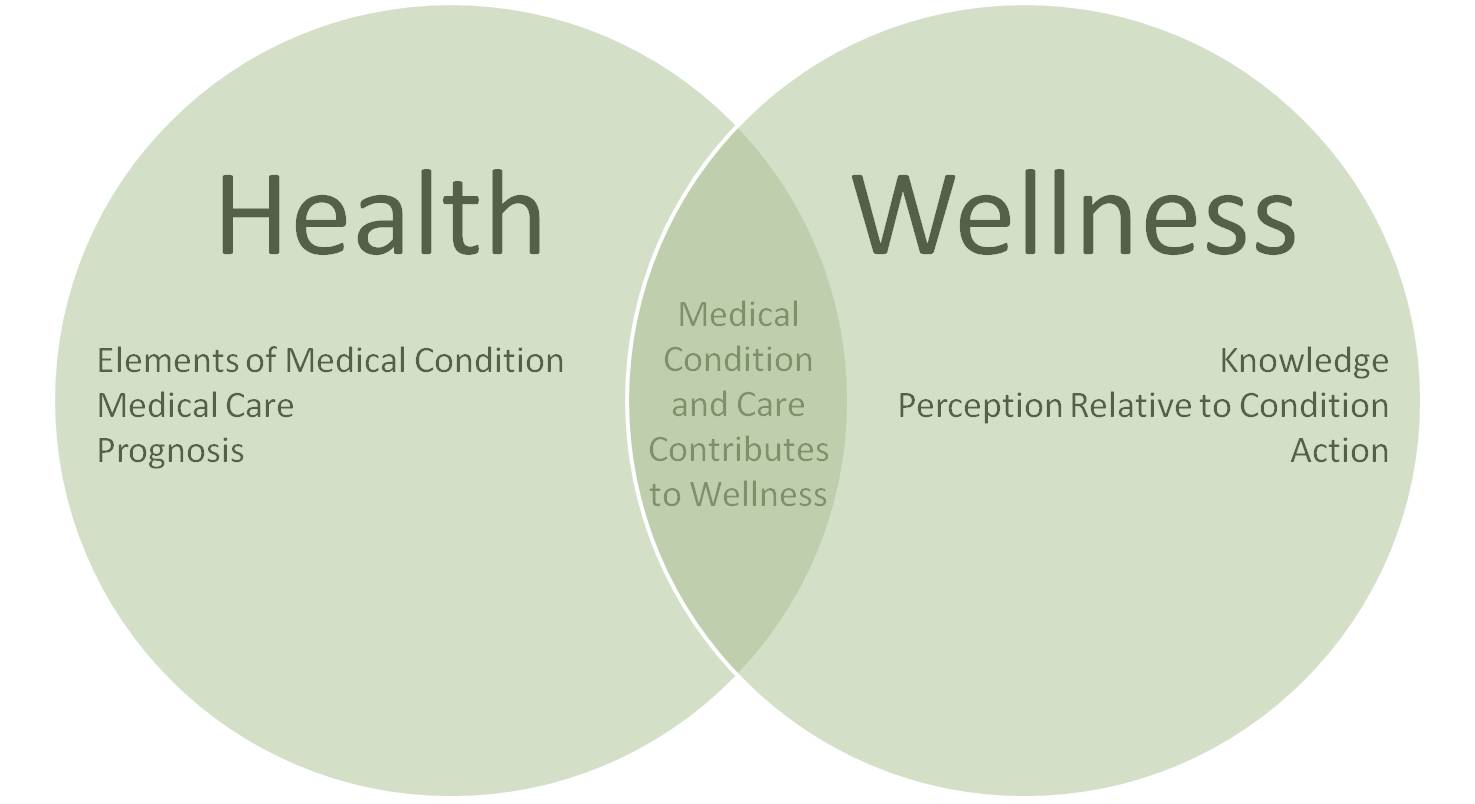
Currently, the treatment of obesity is mainly focused on surgery or pharmacotherapy. But there are other options. In some cases, individuals suffering from obesity can benefit from education and support. For instance, the Girls Make Your Move campaign aims to empower young women to be more active.
It is difficult to treat obesity. It is a multi-cause disease that is affected by a wide variety of factors including genetic conditions, endocrine problems, environmental factors, and psychological stimuli. Also, obesity is associated with negative health effects that can negatively impact individuals' quality of life. This serious health problem is often associated with high health care costs. The total cost of obesity is between 2 and 7 % of all health care spending in developed-economies. The global economic effect of obesity has been estimated at $2.0 billion. Global mortality from obesity is estimated at 2.8 million annually.

Not only can obesity have an adverse effect on one's physical health but it can also impact one's social and financial life. Obesity can lead to serious medical complications such as diabetes, heart disease, and cancer. Pervasive weight discrimination is another common problem for obese people. These people are often viewed as lazy, gluttonous, or lack self-discipline. These stereotypes can negatively influence the treatment of obesity and access to treatments and services.
The treatment of obesity is a multi-disciplinary issue that requires coordination between health care professionals. A lack of education and training by health care professionals can hinder obesity treatment. Therefore, more education and training should be provided to health care professionals to better address the weight management needs of patients. Health care professionals should be encouraged encourage to have better conversations about weight management with patients. This will improve patient care and quality.
The treatment of obesity is also affected by stigma and weight discrimination. It is important that we promote efforts to eliminate weight bias within society. This could include programs that encourage weight stigmatization or stereotypes. Media reporting can also play an important role in the education and awareness of obesity. A media report can also be a tool to obtain treatment for obese individuals.
Obesity treatment is a long-term problem. It is vital to have a systemic collection of initiatives that can improve outcomes for all socioeconomic groups. It is crucial to prevent childhood obesity. Children who are obese are more likely stay overweight throughout their lives. They are also more likely develop type 2 diabetes and heart disease. Also, children who are obese are often subject to school weight-based bullying.

A new narrative is needed to address obesity. It must be in line with the current scientific knowledge. It must address the negative cultural and social consequences of weight stigma. It will take concerted efforts from many stakeholders to change the public narrative.
FAQ
How does weight change with age?
How can I tell if my bodyweight changes?
When the body has less fat than its muscle mass, it is called weight loss. This means that daily energy needs must be greater than the calories consumed. Reduced activity is the leading cause of weight gain. Other causes include illness, stress, pregnancy, hormonal imbalances, certain medications, and poor eating habits. When more fat is consumed than muscle mass, weight gain occurs. It occurs when people eat more calories each day than they use. There are many reasons for this, including overeating and increased physical activity.
Our bodies lose weight mainly because we consume less calories than what we burn. The main reason we lose weight is because we exercise more often. This increases our metabolism rate and burns more calories each day. But this doesn't guarantee that we'll lose weight. The important thing is to see if we're losing or gaining muscles. Weight loss is possible if you burn more calories than you consume. But, if we consume more calories then we burn, then they are being stored as fat.
As we age, we become less agile and don't move as often. We also tend to consume less food than when we were younger. Also, we are more likely to gain weight. However, our muscle mass is more important than our actual size.
There's no way to tell how much weight you've lost unless you weigh yourself every week. There are many options for measuring your weight. You can check your waist size, your hips, your thighs, your arms, etc. Some prefer to use bathroom scales, while others prefer tape measures.
You can track your progress by weighing yourself at least once per week and measuring your waistline every month. You can also take photos of your self every few months to see the progress you have made.
Online, you can find out your height and weight. If you are 5'10" tall, and you weigh 180 lbs, then you would probably weigh 180 lbs.
What are the 10 best foods to eat?
These are the 10 best foods you can eat:
-
Avocados
-
Berries
-
Broccoli
-
Cauliflower
-
Eggs
-
Fish
-
Grains
-
Nuts
-
Oats
-
Salmon
How to measure body weight?
A Body Fat Analyzer is the best way to measure body weight. These devices are used for measuring the percentage of body fat in people who want to lose weight.
Do I need to count calories
You might be asking "What is the best diet?" or "is counting calories necessary?" Well, the answer depends on several factors including your current health status, your personal goals, your preferences, and your overall lifestyle.
The Best Diet For Me - Which One Is Right For You?
The best diet depends on me, my health, my goals, my lifestyle, and my preferences. There are many diets out there, some good and some bad. Some diets work for some people, while others are not. So what should I do? How do I make the right choice
These questions are addressed in this article. It begins with an overview of the different diets today. The pros and cons of each diet are then discussed. We will then look at how to pick the right one for you.
Let's look at some of the main types of diets to get started.
Diet Types
There are three main types. Low fat, high protein, or ketogenic. Let's take a look at them all below.
Low Fat Diets
A low-fat diet restricts fat intake. This is achieved by reducing saturated fat intake (butter, cream cheese etc.). They are replaced by unsaturated fats such as avocados, olive oil, and cream cheese. Low fat diets are often recommended to those who wish to lose weight quickly. This diet can cause constipation, heartburn, and stomach problems. It can also lead to vitamin deficiencies, if someone doesn't get enough vitamins in their food.
High Protein Diets
High protein diets restrict carbohydrates in favor of proteins. These diets usually have higher amounts of protein than other diets. These diets are designed to build muscle mass and help you burn more calories. The downside is that they may not provide adequate nutrition for someone who needs to eat regularly. They are not suitable for all people because they can be restrictive.
Ketogenic Diets
Ketogenic diets are also known as keto diets. They are high in fat, moderately high in protein, and low in carbohydrates. They are typically used by athletes and bodybuilders because they allow them to train harder and longer without getting tired. But, they require strict adherence to avoid negative side effects like nausea, headaches, and fatigue.
Statistics
- In both adults and children, the intake of free sugars should be reduced to less than 10% of total energy intake. (who.int)
- The Dietary Guidelines for Americans recommend keeping added sugar intake below 10% of your daily calorie intake, while the World Health Organization recommends slashing added sugars to 5% or less of your daily calories for optimal health (59Trusted (healthline.com)
- According to the 2020 Dietary Guidelines for Americans, a balanced diet high in fruits and vegetables, lean protein, low-fat dairy and whole grains is needed for optimal energy. (mayoclinichealthsystem.org)
- nutrients.[17]X Research sourceWhole grains to try include: 100% whole wheat pasta and bread, brown rice, whole grain oats, farro, millet, quinoa, and barley. (wikihow.com)
External Links
How To
How to Live A Healthy Lifestyle
A healthy lifestyle is one that allows you to maintain your weight, your health, and your fitness. It involves living a healthy lifestyle, which includes exercising regularly, eating well, and staying away tobacco, alcohol, and other drugs. A healthy lifestyle can help you stay fit and feel great. A healthy lifestyle can help reduce your risk of developing chronic diseases such as heart disease, strokes, diabetes, cancer and osteoporosis.
This guide provides a step by step guide for living a healthier and happier life. The introduction was the first section of the project. It explains the importance of a healthy lifestyle, how it can be achieved, and who you are. Next, I wrote the body paragraphs. These include tips and tricks for maintaining a healthy lifestyle. I then wrote the conclusion. This summarizes the whole article, and provides additional resources, if necessary.
I learned how to create a concise and clear paragraph through this assignment. I also learned how to organize my ideas into topic sentences, and the supporting details. Additionally, I learned how to organize my ideas into topic sentences and supporting details. I also learned how to write with proper grammar.